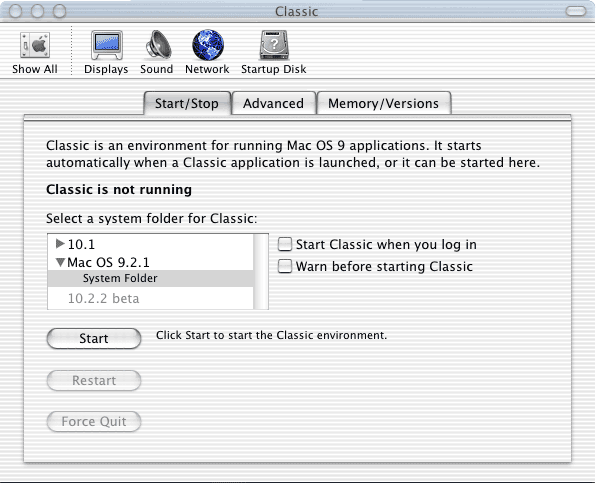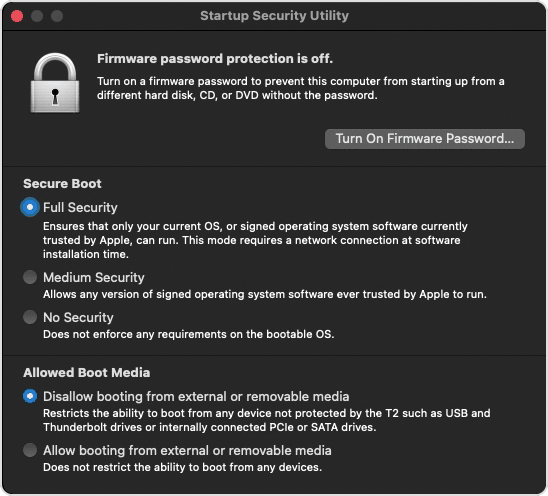
- MAC BOOTABLE DISK IMAGE FOR FREE
- MAC BOOTABLE DISK IMAGE HOW TO
- MAC BOOTABLE DISK IMAGE MAC OS X
- MAC BOOTABLE DISK IMAGE WINDOWS 10
Updates (Dec 8, 2020): The latest version of UUByte DMG Editor is able to format the USB automatically. After installing the application, follow the sequence of steps shown below: Although this is a premium software, you can use the initial free trial period to create a bootable macOS USB on Windows 10. It's time to download UUByte DMG Editor for Windows. You have now formatted the partition of USB drive.

Part 2: Easily Create a Bootable macOS USB from Windows 10/8/7 PC Since you're working in a Windows environment, you need the DMG rather than the APP file.
MAC BOOTABLE DISK IMAGE MAC OS X
There are also several other direct download sites that offer various versions of Mac OS X in DMG format rather than the standard APP format that runs on Mac. You can get a copy of the latest macOS version from Apple download portal or App Store here. The first step is to get the DMG disk image file for the version of macOS that you want. Part 1: Download macOS or Mac OS X DMG File The bootable USB flash drive made by UUByte DMG Editor on a PC is recognized as a valid macOS Monterey installation media on a Mac. : Below is the latest successful example of macOS Monterey.
MAC BOOTABLE DISK IMAGE WINDOWS 10
All the steps except the last one are done on a Windows 10 machine.
MAC BOOTABLE DISK IMAGE HOW TO
This article shows you how to download a macOS DMG file, format a USB drive using a GUID Partition Table, burn the DMG to the drive and boot your Mac from the USB.
MAC BOOTABLE DISK IMAGE FOR FREE
But how do you create such a disk if all you're left with is a Windows 10 computer? Fortunately, there's a great tool that you can use for free to create bootable macOS media on a USB drive in a Windows 10 environment. If your Mac suddenly refuses to boot up properly, you might need a bootable macOS USB installer to make repairs. That will be a topic for another day.By Petty Madison | Last Updated: Nov. With the floppy image out of the way, I can move on to crafting an autounattend.xml that enables a newly created Windows VM to be controlled by Ansible. Either of which can be used to eject the disk: hdiutil eject /Volumes/FLOPPYROOT The output will include the device path and the mount path. flp on MacOS, you can also do that with hdiutil: hdiutil attach floppy.flp ov: Overwrite the output file if it already existsĪnd finally, rename the file to. This option is only required if -srcfolder is specified. format UDRW: This format option creates an uncompressed image file. srcfolder : This can be omitted if you just want an empty floppy layout NONE : uses the whole disk instead of partitioning it. Next, use the hdiutil command to create the floppy image from that folder hdiutil create -size 1440k -fs "MS-DOS FAT12" -layout NONE -srcfolder floppyroot -format UDRW -ov floppy.dmgĪ few of those hdiutil options could use some context: Here’s how you can use the MacOS terminal command line to create floppy disk images from scratch.įirst, create a folder containing the contents of the floppy disk you are about to create.

As it turns out, hdiutil can create them, it’s just not very well documented. What I needed was a scriptable method to create virtual floppy images and inject files without using a helper VM to do it. That method was much too interactive as I tested and iterated on my autounattend.xml file. After all, thats what VMware says to do in kb1002195. flp extension, attach it to a VM, and then format it from inside the VM. flp images is to make an empty file with a.


The best of the bad ideas on the whiteboard was to use a virtual floppy disk. Recently, I needed to inject an autounattend.xml file into a windows VM so I could bring up a Windows instance from scratch with Ansible. The floppy disk may be obsolete in the real world, but sometimes you still need to add one to a virtual machine.


 0 kommentar(er)
0 kommentar(er)
